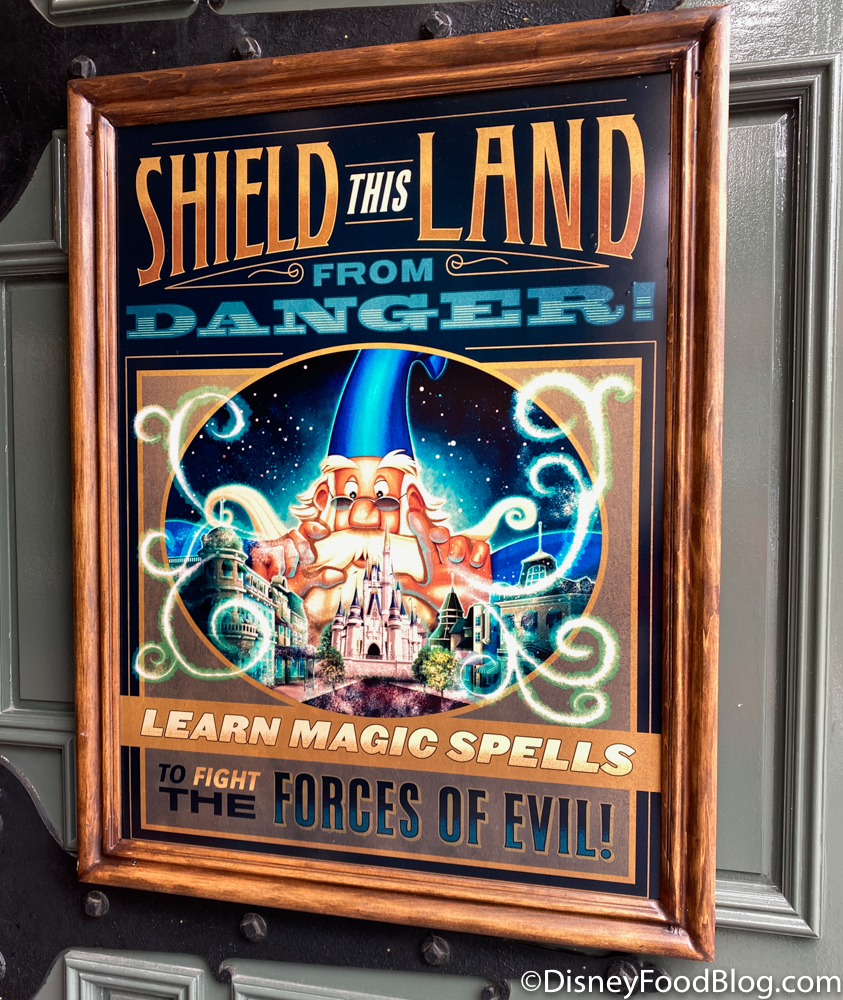

Perhaps most significantly, archival recordings of Clarence Nash (the original voice of Donald Duck) were used in the new film. Disney also tried to use the character's original voice actors as much as possible (either through re-recording or archival recordings), although some characters required new voice actors to be brought in. For instance, Disney animator Glen Keane returned to render Ariel in 3D, while Nik Ranieri, the supervising animator of Lumiere in Beauty and the Beast, re-rendered the candelabra. Due to the partnership between Imagineering and Feature Animation, many of the artists who worked on the characters in their original films contributed to both the storyline and animation process of Philharmagic. In fact, 3000 3D elements had to be molded, painted and animated in order to create the show. This was largely due to the fact that many characters had to be re-rendered in 3D. The film for Mickey’s PhilharMagic took over three years to complete. George Scribner explaining the attraction's storyline to its two stars. Our goal was to convey the storyline through music and not have to rely on dialog, thus making the production more universal in scope According to director George Scribner, the characters were chosen so that that they would represent of mixture of classic Disney animation, as well as the films of the Disney Renaissance in the late 1980s and early 1990s. Walt Disney Imagineering created the attraction's storyline and chose the featured characters, before turning the project over to Walt Disney Feature Animation. While the two divisions had previously worked together to create Fantasmic! for Disney's Hollywood Studios (and Disneyland), this time, the attraction that the partnership created was a 4D musical show for Fantasyland titled Mickey’s PhilharMagic. The creation of Mickey's PhilharMagic began in the early 2000s when Walt Disney Imagineering and the Walt Disney Feature Animation Division teamed up to create a new attraction.


 0 kommentar(er)
0 kommentar(er)
